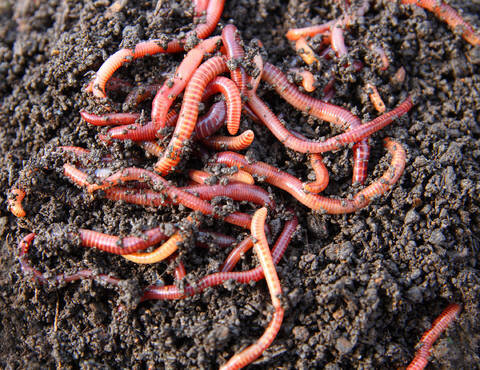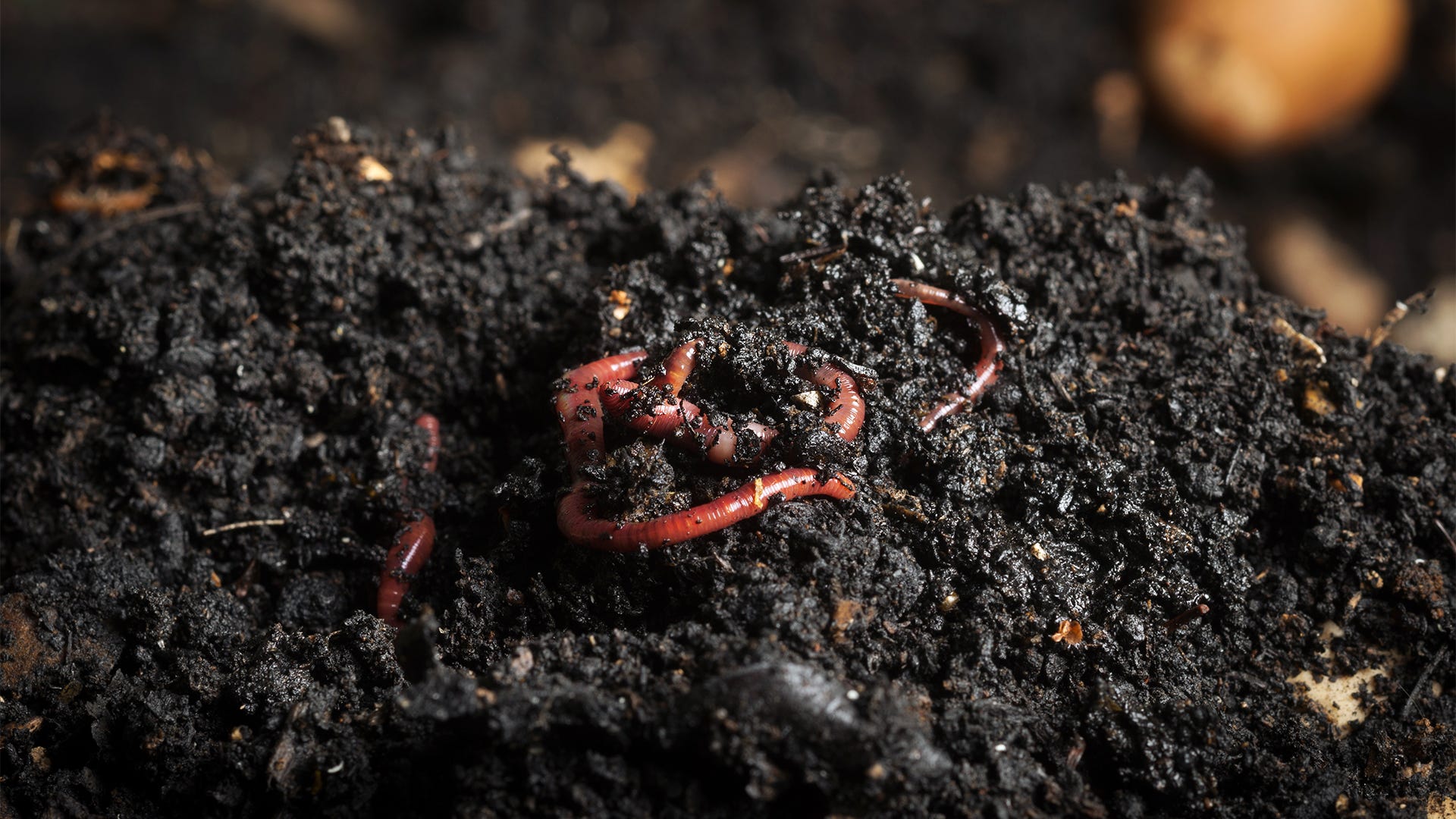Transform Your Yard With Red Wigglers: Advice
By establishing a fundamental worm bin and recognizing the dietary demands of these remarkable creatures, garden enthusiasts can significantly boost dirt high quality and plant health. The procedure of converting natural waste into abundant, fertile spreadings is both straightforward and rewarding.

Advantages of Red Wigglers
Red wigglers, clinically known as Eisenia fetida, are often hailed as nature's composting champs. These impressive worms offer a number of crucial advantages that can significantly enhance garden wellness and efficiency.

(red wigglers for sale cheap)Furthermore, red wigglers aerate the soil as they burrow through it, producing channels that improve water infiltration and root penetration. This oygenation decreases dirt compaction and promotes a flourishing ecological community for advantageous microbes. Their digestion processes produce worm castings, which are abundant in crucial nutrients and helpful germs that can boost dirt fertility.
An additional noteworthy advantage of red wigglers is their capability to reduce waste. By composting natural products that would or else add to land fill waste, they play a crucial duty in sustainable horticulture practices. Including these worms into your gardening routine can lead to boosted returns, much healthier plants, and a more lively garden atmosphere, making them important allies for garden enthusiasts looking for to boost their environmental impact.
Setting Up a Worm Container
Developing a worm bin is a necessary step for anybody looking to harness the benefits of red wigglers in their horticulture efforts. An appropriate worm container can be made from numerous materials, consisting of plastic containers, wooden cages, or commercially available worm containers. The very first consideration is size; a container that is at least 2 feet vast, 3 feet long, and 1 foot deep is usually ideal for a little to medium number of worms.
It's essential to create a bed linens layer, utilizing materials such as shredded newspaper, cardboard, or coconut coir to supply a comfy setting for the worms. The bed linens needs to be moist but not soggy, looking like a moist sponge - red worms.
Location the bin in a location that preserves a regular temperature level, preferably between 55 ° F and 77 ° F. Avoid direct sunlight or severe cold, as these problems can harm the worms. Once the bin is established up, allow the bedding to clear up for a few days prior to presenting the red wigglers, ensuring they have a growing environment in which to thrive.
Feeding Your Red Wigglers
When the worm container is established and the red wigglers are introduced, correct feeding ends up being vital to maintaining a healthy and balanced worm populace. Red wigglers flourish on a varied diet regimen, primarily containing cooking area scraps and organic materials. Ideal foods consist of vegetable peels, fruit scraps, coffee premises, and smashed eggshells. It is vital to prevent feeding them meat, dairy products, or oily foods, as these can create unpleasant odors and bring in parasites.
When introducing food, cut the scraps into smaller sized items to promote quicker consumption. Additionally, hide the food below a layer of bedding material to stop fruit flies and various other hassles. Screen the feeding regularity; a general policy is to give food every 1-2 weeks, relying on the variety of worms and the quantity of food waste created.

Harvesting Worm Spreadings
Exactly how can you tell when it's time to collect worm spreadings from your container? The preparedness of worm castings is indicated by a couple of crucial indicators. First, the product in the container ought to show up dark, crumbly, and rich in appearance, looking like a fine soil. Additionally, the initial food scraps need to be dramatically broken down or almost unrecognizable, showing that the worms have effectively refined them.
An additional indication is the decrease in worm task; as the castings accumulate, worms have a tendency to migrate towards fresher food resources. If you discover a decrease in worm activity and the straight from the source presence of castings at the end of the bin, it's a clear signal that harvesting schedules.
To harvest, delicately scoop out the castings, taking care to decrease disturbance to the worms. A prominent approach entails separating the castings making use of light; worms have a tendency to tunnel far from the light, enabling you to collect the spreadings a lot more quickly.
Harvesting routinely, around every 3 to six months, makes sure a continuous supply of this nutrient-rich modification for your horticulture ventures. Bear in mind, the quality of your spreadings directly influences the health and wellness of your plants.
Utilizing Castings in Your Garden
To utilize worm spreadings properly, mix them right into the leading couple of inches of dirt before planting. You can create a nutrient-dense liquid plant food by soaking worm spreadings in water for a week, then applying the resulting "worm tea" directly to your plants.
Worm castings additionally improve dampness retention within the dirt, decreasing the requirement for regular watering. Their natural pH balance makes them ideal for various plant types, from veggies to ornamentals. Regularly integrating worm castings into your gardening regimen can cause durable plant growth, increased yields, and an overall healthier yard environment. Welcome the advantages of worm spreadings for a growing and lasting yard.
Conclusion
By establishing a worm bin, giving appropriate food, and routinely collecting nutrient-rich castings, gardeners can promote a sustainable ecosystem. The usage of worm castings and "worm tea" additionally adds to moisture retention and nutrient availability in the dirt.
Comments on “Live red worms: Why they’re essential”